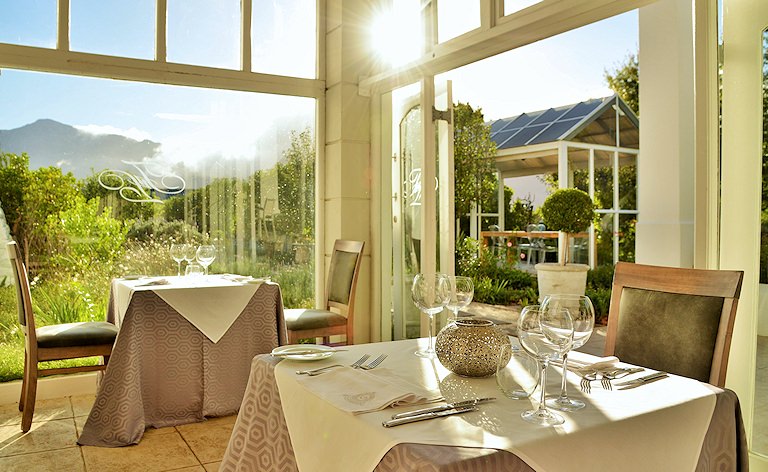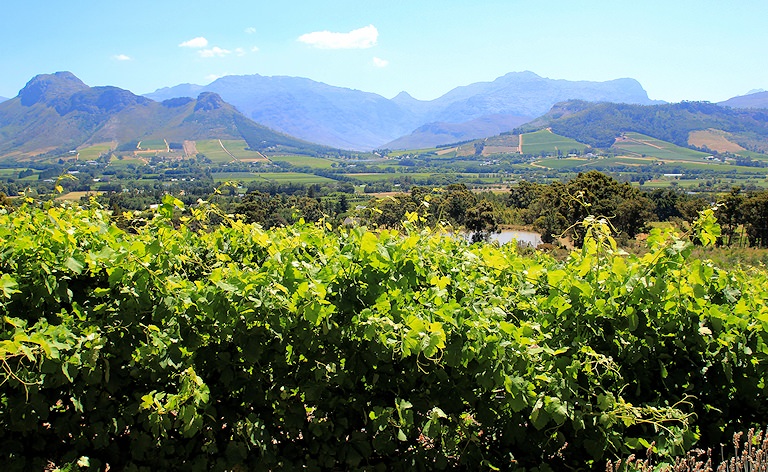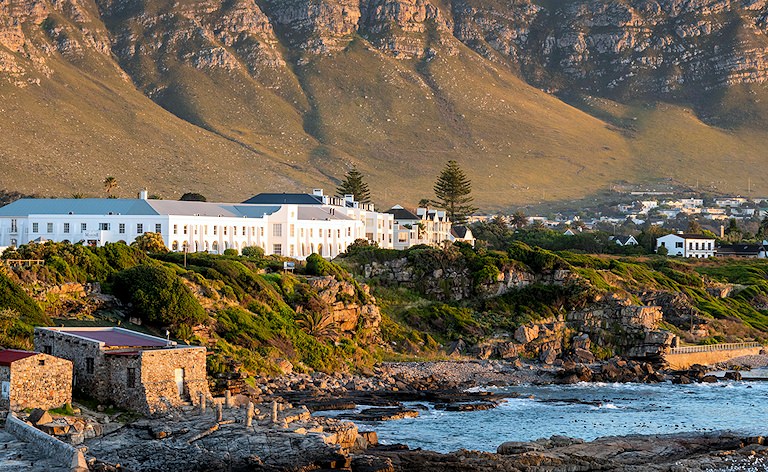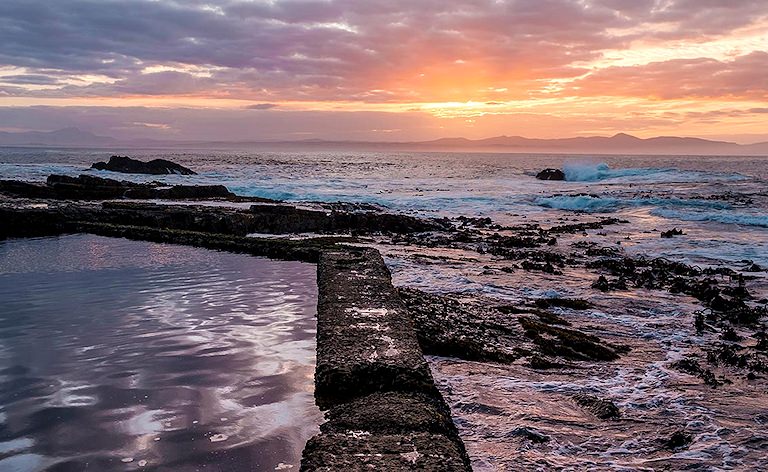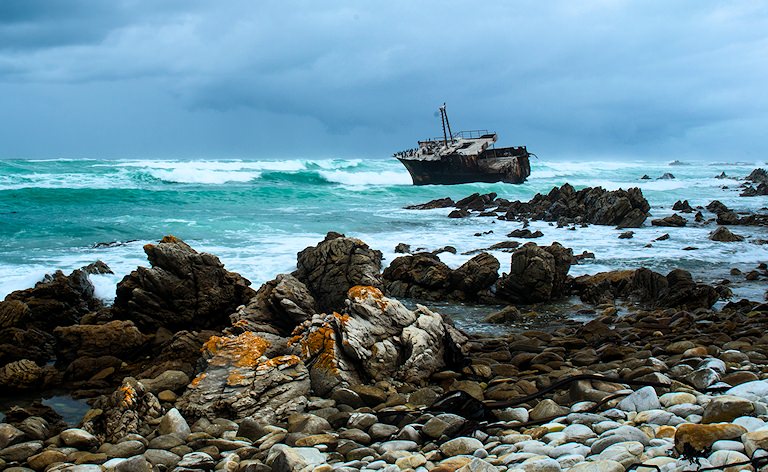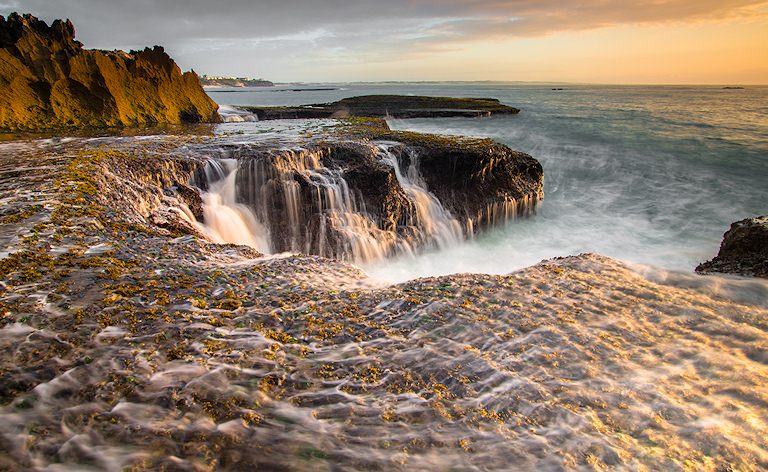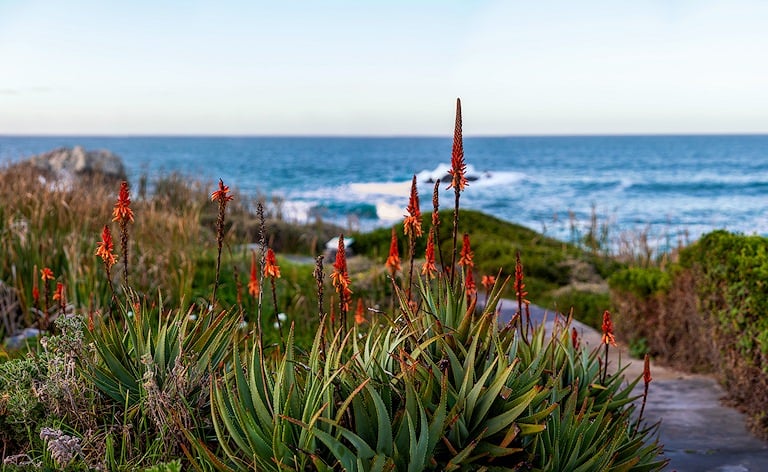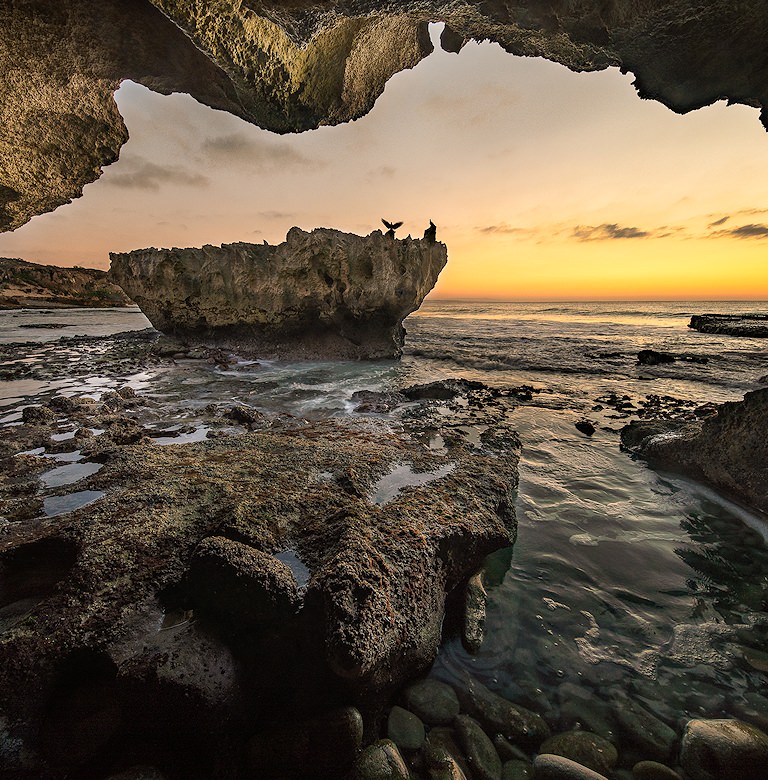7 Day Winelands & Whale Route Tour
Sampling some of South Africa's finest wines and exploring historic towns characterized by impressive architecture is followed by a visit to two prime whale-watching locations in South Africa's Overberg region, namely Hermanus and Arniston.
Included
Accommodation:
- 2 Nights Le Franschhoek
- 2 Nights Auberge Burgundy
- 2 Nights Arniston Hotel
Guide:
- Private African Sky Guide: From Day 1–7
Vehicles:
- Private Air Conditioned Vehicle: from Day 1–7
Meals:
- Only Meals Specified
Flights:
- None
Transfers:
- None
Activities & Entrance:
- All Activities Included in the Itinerary, Unless Stated as Optional
- All Entrance Fees to Places Mentioned in the Itinerary, Unless Stated as Optional
Additional Inclusions:
- Tourism Levy
- All Applicable Taxes
- All Park Fees, Where Applicable
Excluded
Excluded:
- International Airfare (To and From South Africa)
- Personal and Medical Insurance
- Drinks
- Gratuities


